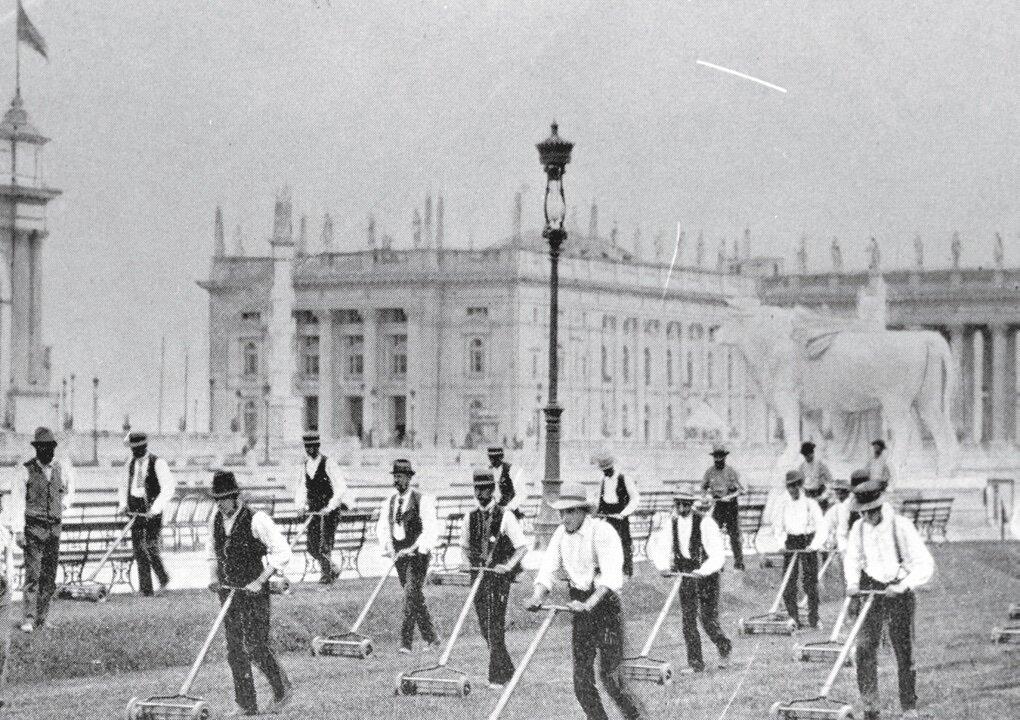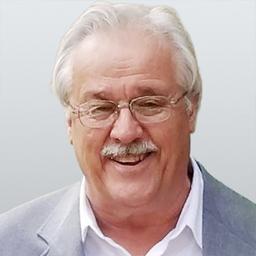Summer is prime time for lawn mowing and the unmistakable scent of fresh-cut grass. For those using push mowers, you can thank Elwood McGuire for the fact you don’t require sheep to manage your lawn-maintenance needs.
McGuire was a 19th-century Indiana machinist credited with developing the first push mower in 1874. McGuire’s reel mower was redesigned from a fodder cutter invented by Englishman Edwin Beard Budding 40 years earlier.






